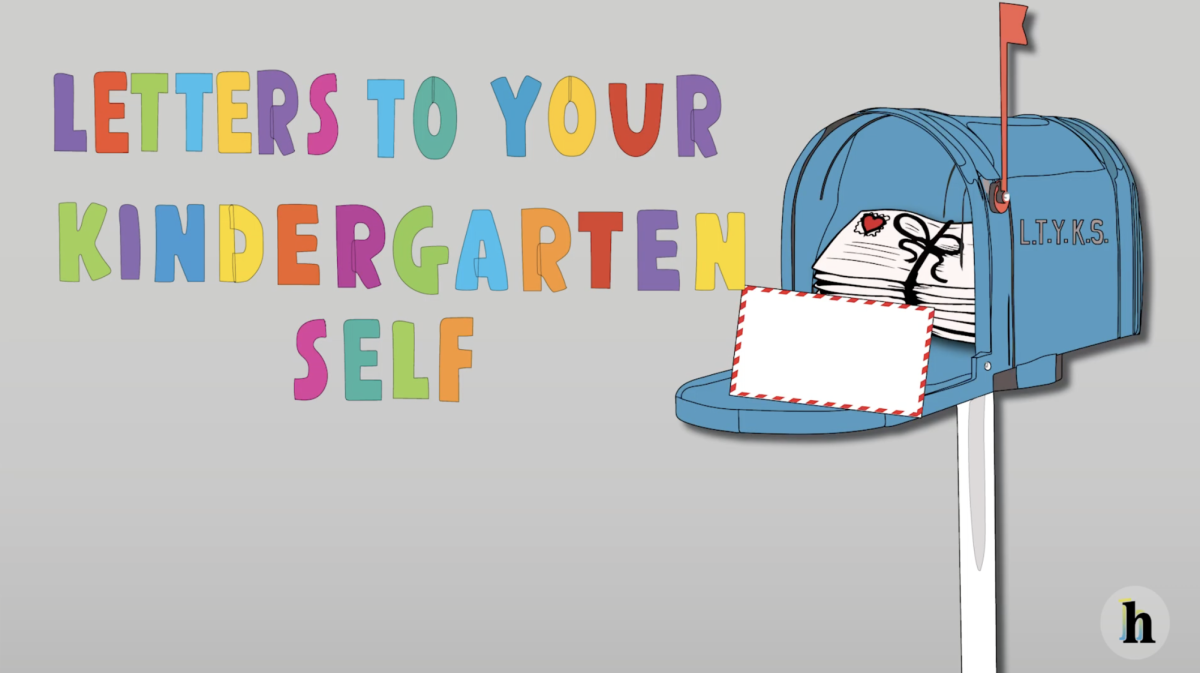Carmel High School freshmen, sophomores, and juniors took the PSAT, also called the National Merit Scholarship Qualifying Test (NMSQT) for juniors, on Tuesday, Oct. 22. The PSAT is a standardized test administered by the College Board and sponsored by National Merit Scholarship Corporation (NMSC) in the United States. High enough marks on the PSAT will allow juniors to achieve the National Merit Scholarship, which awards almost 8,000 students with $2,500 annually towards college expenses.
The purpose of the PSAT is to predict students’ scores for the SAT or the ACT and give insight on what to study. While there is no impact on students’ GPAs or college admissions from the PSAT, many students think it is a valuable resource in preparing for the SAT.
With doing well on the SAT as a central long-term goal, it can draw lots of stigma and stress for students. Junior Jacob Mazza said the SAT was an incredibly valuable resource for college admissions, and it should therefore be taken very seriously.

He said, “Everyone takes the same test, so it’s more of a way to evenize, I guess. The (grading) policies are so different from class to class even at the same school. From teacher to teacher, even. It gives them a baseline so they can make estimates about your other classes.”
Melinda Stephan, College and Career Counselor, emphasized the specific intentions of PSAT for SAT preparation, “Honestly, as I say, the PSAT is a practice SAT, it’s practice, that’s the whole point of it. The PSAT does not have any bearing on your future opportunities. It is a chance to practice a standardized test that eventually you will have to take as a junior for the state of Indiana and that potentially you would use for college applications.”
With the PSAT, many students said they felt more at ease knowing what they need to focus on more for the SAT.
Sophomore Emma An said she was aiming to become a National Merit Scholar Semi-finalist for the NMSQT her junior year, and has studied over a year for the PSAT 10. Through studying for the PSAT 10, she said she hoped it would also improve her SAT and NMSQT scores as well as giving her a baseline for what to practice.
An said, “It’s good for the foundations, and if you’re aiming to study well for the PSAT, and you’re also planning on doing well on the SAT later in high school, it’s better to just study the SAT material because ultimately the SAT is going to be an umbrella that (will) also cover the PSAT.”
By studying for each individual test, she added that her overall testing abilities throughout school were improving. With English as her second language, An said her virtual focus was English conventions, and the extra studying was benefiting her overall test-taking abilities through quicker reading comprehension. This confidence was something she said would also ease her while taking the test.

According to Stephan, “The beauty of those practice tests is that you can then go and get your results from the PSAT and then you can do your prep if you want to do more prop and you can find out which areas you need to really beef up your understanding of your knowledge.”
Mazza took the PSAT 9 as well as the PSAT 10, and due to the similarity between the tests and NMSQT, he said it’s easy to look at the tests from previous years to get insight on how to prepare later. Because he thought he did poorly in standard English conventions on the PSAT 10, he said this guided his studying for the next test, as he could go look at practice questions based around English conventions to improve his score for the NMSQT, and therefore also the SAT.
An said the major similarities between the PSAT and SAT give her peace of mind that she has the capability to do well on the SAT because she knows what to study, and how to study.
“I learned to be more forgiving to myself, especially when I make mistakes, because, it’s just, when you’re going through some of these practice problems you learn more or less how to adapt to this instead of having a mental breakdown whenever you get a lot wrong. You just learn how to go back and find out what you did wrong so you can move forward. Ultimately that is the best way to prepare.” An said.































![What happened to theater etiquette? [opinion]](https://hilite.org/wp-content/uploads/2025/04/Entertainment-Perspective-Cover-1200x471.jpg)




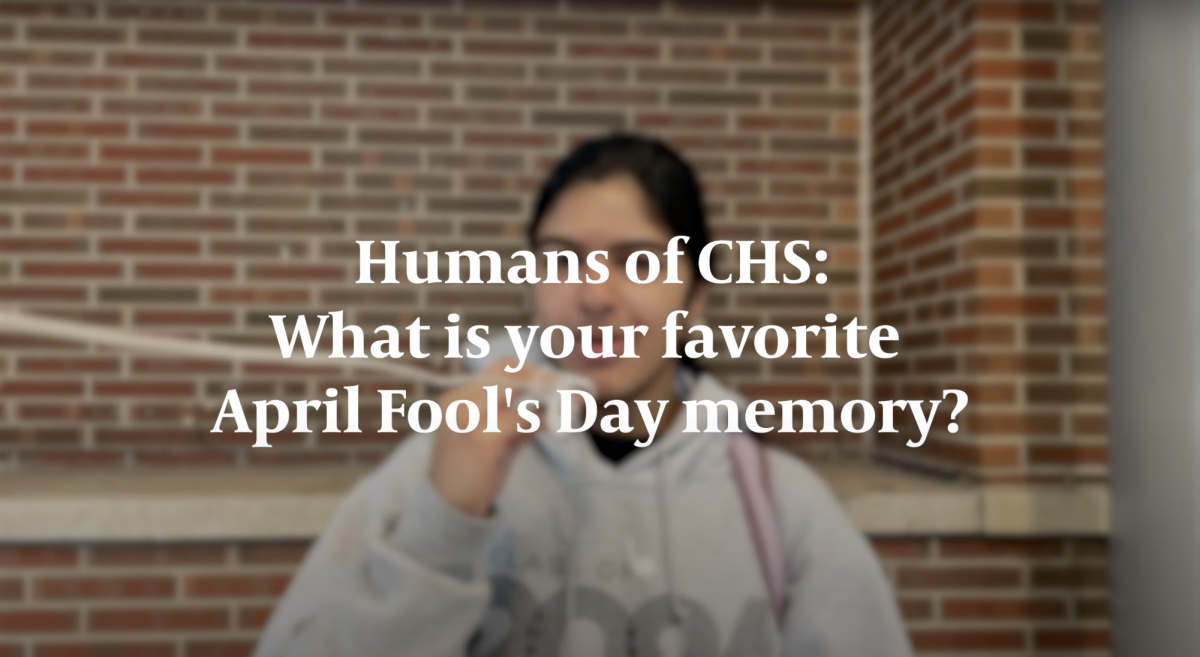




















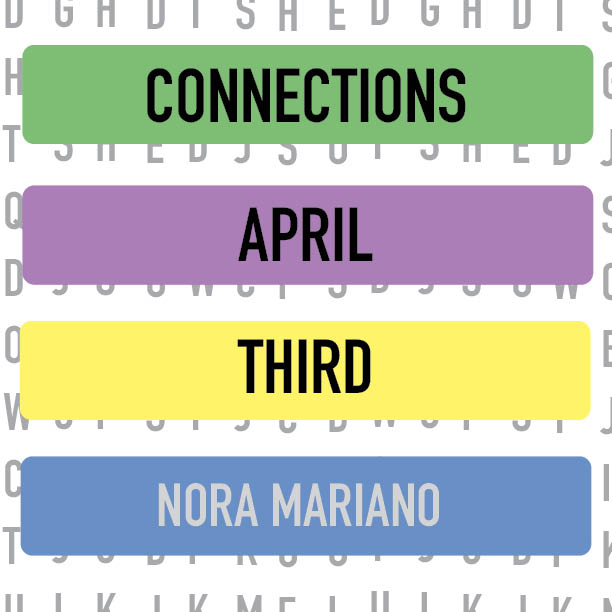


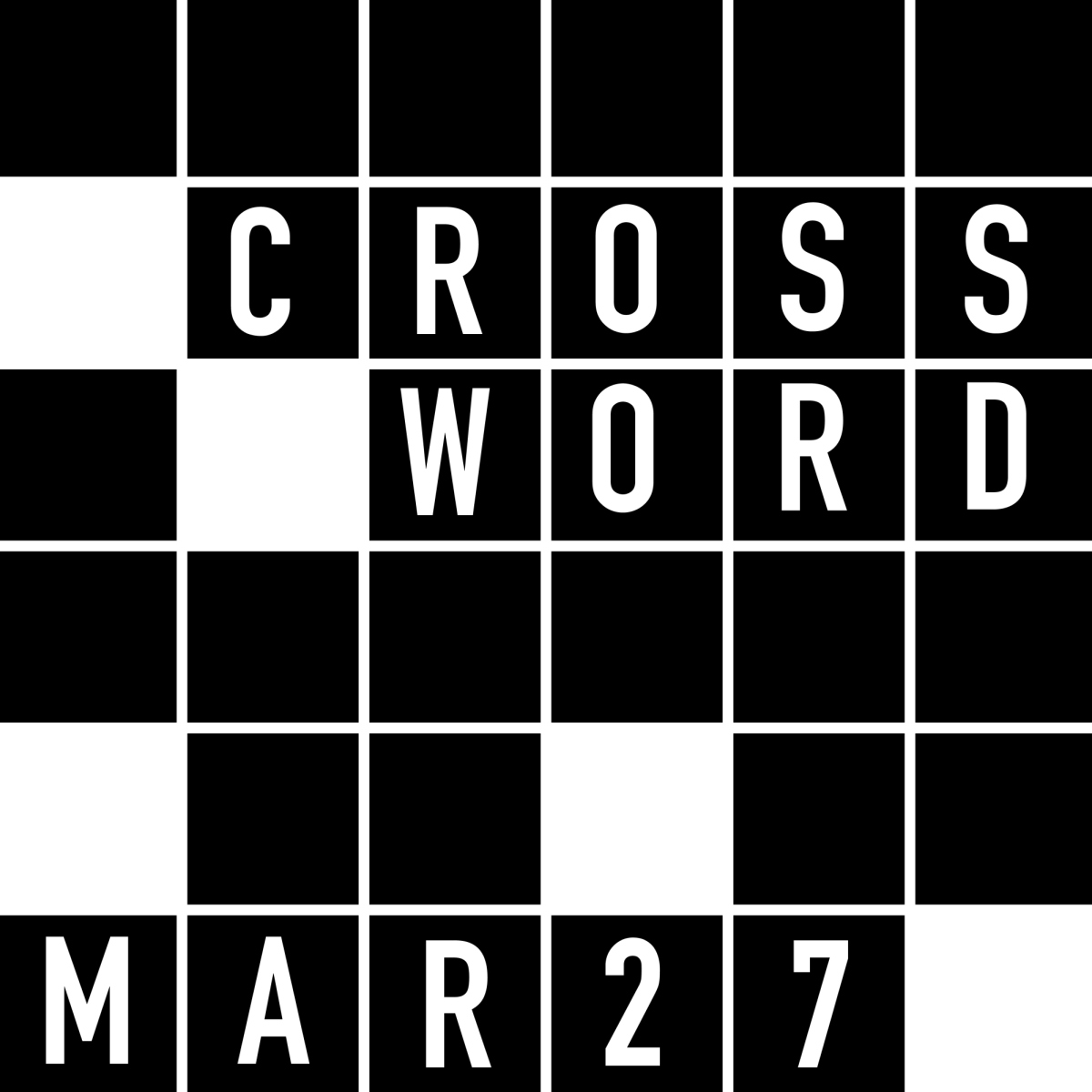


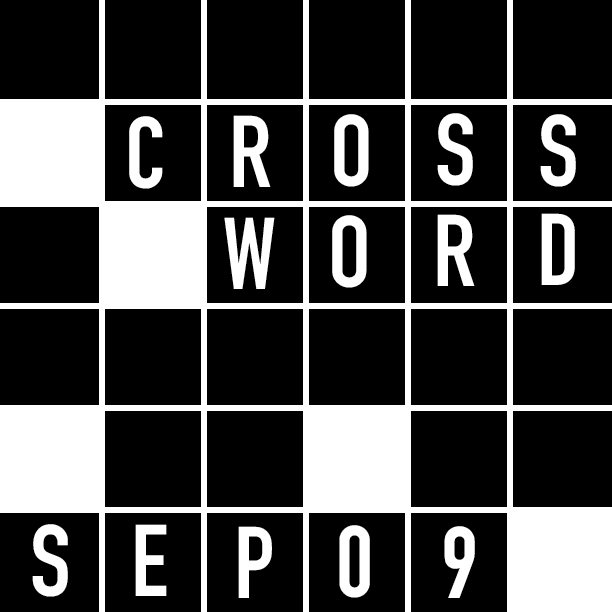







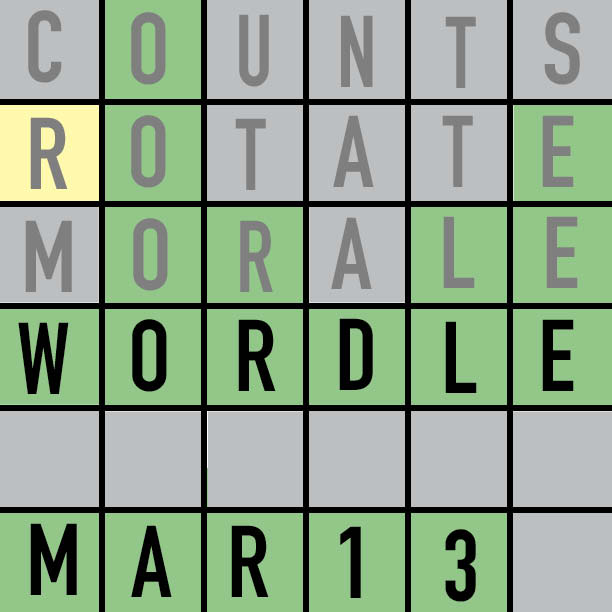
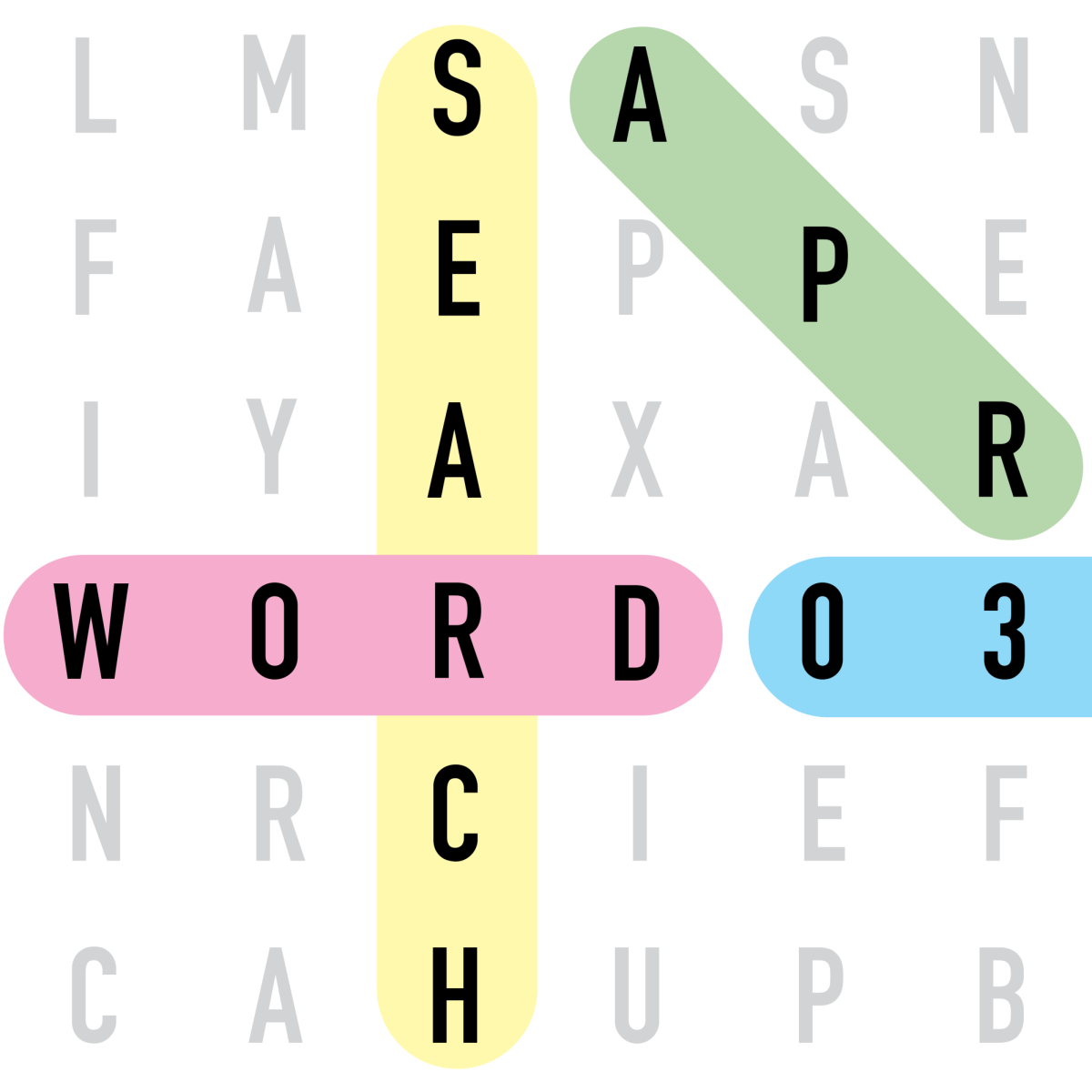




![Review: “The Immortal Soul Salvage Yard:” A criminally underrated poetry collection [MUSE]](https://hilite.org/wp-content/uploads/2025/03/71cju6TvqmL._AC_UF10001000_QL80_.jpg)
![Review: "Dog Man" is Unapologetically Chaotic [MUSE]](https://hilite.org/wp-content/uploads/2025/03/dogman-1200x700.jpg)
![Review: "Ne Zha 2": The WeChat family reunion I didn’t know I needed [MUSE]](https://hilite.org/wp-content/uploads/2025/03/unnamed-4.png)
![Review in Print: Maripaz Villar brings a delightfully unique style to the world of WEBTOON [MUSE]](https://hilite.org/wp-content/uploads/2023/12/maripazcover-1200x960.jpg)
![Review: “The Sword of Kaigen” is a masterpiece [MUSE]](https://hilite.org/wp-content/uploads/2023/11/Screenshot-2023-11-26-201051.png)
![Review: Gateron Oil Kings, great linear switches, okay price [MUSE]](https://hilite.org/wp-content/uploads/2023/11/Screenshot-2023-11-26-200553.png)
![Review: “A Haunting in Venice” is a significant improvement from other Agatha Christie adaptations [MUSE]](https://hilite.org/wp-content/uploads/2023/11/e7ee2938a6d422669771bce6d8088521.jpg)
![Review: A Thanksgiving story from elementary school, still just as interesting [MUSE]](https://hilite.org/wp-content/uploads/2023/11/Screenshot-2023-11-26-195514-987x1200.png)
![Review: "When I Fly Towards You", cute, uplifting youth drama [MUSE]](https://hilite.org/wp-content/uploads/2023/09/When-I-Fly-Towards-You-Chinese-drama.png)
![Postcards from Muse: Hawaii Travel Diary [MUSE]](https://hilite.org/wp-content/uploads/2023/09/My-project-1-1200x1200.jpg)
![Review: "Ladybug & Cat Noir: The Movie," departure from original show [MUSE]](https://hilite.org/wp-content/uploads/2023/09/Ladybug__Cat_Noir_-_The_Movie_poster.jpg)
![Review in Print: "Hidden Love" is the cute, uplifting drama everyone needs [MUSE]](https://hilite.org/wp-content/uploads/2023/09/hiddenlovecover-e1693597208225-1030x1200.png)
![Review in Print: "Heartstopper" is the heartwarming queer romance we all need [MUSE]](https://hilite.org/wp-content/uploads/2023/08/museheartstoppercover-1200x654.png)

